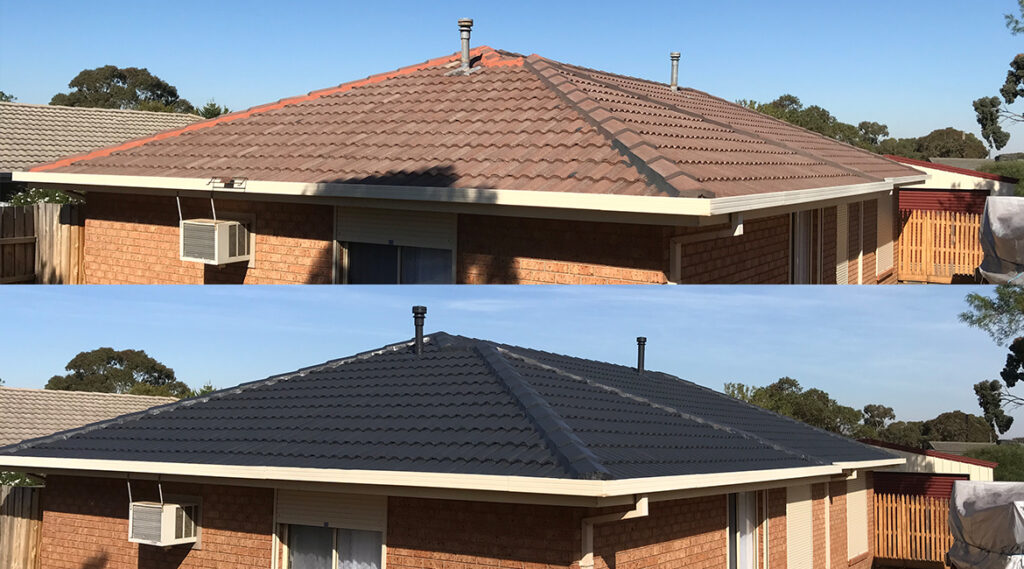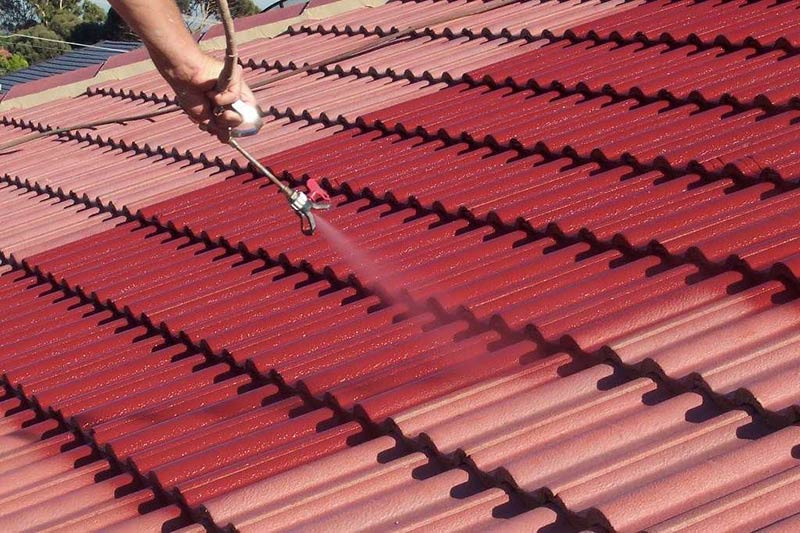It’s the million dollar question (or thereabouts) for facility managers: When exactly will my commercial roof need to be replaced?
Today’s expert facility managers want to extend the life of their roofs. They look for cost-effective ways of delaying expensive, disruptive roof replacements until absolutely necessary. Technology improvements and product development in the commercial roofing industry can now support this forward way of thinking.
The key to maximizing a roof’s lifespan lies in adopting proactive maintenance practices, performing consistent semi-annual inspections and intervening in a timely manner with professional repairs and restorations.
FIRST QUESTION TO ASK: CAN IT BE REPAIRED?
Inevitably, every roof will encounter a leak at some point in its useful life. There are too many factors at play working against it to prevent every leak occurrence, but the more timely in which you deal with any issues, the better off you will be long term.
All leaks, no matter how big or small, need to be resolved quickly to avoid them evolving into bigger problems that ultimately can create slip-and-fall risks, mold from wet insulation, damaged equipment or inventory inside your building, insect infestation, higher utility costs, and more.
Think of your roof like your car. If your car starts making a strange noise, would you automatically decide you need to sell it and replace it with a new one? Probably not. Most likely you would have a trained mechanic take a look at it and try to determine both the cause of the noise and the best way to resolve it, hoping for a quick, cost-effective repair solution.
The same holds true for your roof. At the onset of any problems, the first course of action should be to contact a trusted roofing contractor and explain the problem(s) you’re having, and determine a cost-effective, yet durable solution. Typically, repairs are the lowest cost option and quickest way to resolve a problem, so choosing that course of action as your first option falls within the best-practice philosophy of extending the useful life of the roof.
WHERE IS THE ROOF LEAK COMING FROM?
Water penetration from a roof leak is obviously a tell-tale sign of a compromise in the waterproofing properties of your roof. Our 100+ years of experience tell us the vast majority of leaks stem from one of four common failure points on a roof:
- Penetrations – Penetrations, which are where holes are cut to accommodate HVAC components, vent pipes, drains, skylights, roof hatches, antennas, etc., are typically the weakest points of the roof. They are the most vulnerable spots for water to find its way in, so it stands to reason they must be properly sealed and maintained.
- Seams – Seams are located where sheets of roofing material (whether it’s single-ply, metal, built-up, etc.) come together. Fasteners, or even the seams themselves, can separate over time due to normal wear-n-tear or harsh weather conditions, allowing water to enter the building.
- Ponding water – Ponding water is a situation where water has collected on a roof from rain and has not drained within a couple of days afterwards. If water remains for more than 48 hours on a roof’s surface, it can be a sign of issues with a roof’s drainage system. Ponding water deteriorates a roof prematurely and can cause unnecessary roof leaks.
- Membrane failure – Commercial roof membranes can crack, split, tear or expose open laps for various reasons, such as changes in temperature, excessive wear, UV penetration, wind, debris, freeze-thaw cycles and more. Membranes consisting of just a thin, laminated layer above the waterproofing reinforcement, or scrim, are particularly vulnerable once the protective layer is compromised.
Simon Roofing’s qualified roofing technicians are extensively trained to repair almost any type of commercial roof system. And we’re dedicated to fixing leaks right the first time, which we did 99.49% of the time last year. That’s why we only use our self-manufactured high-quality products and our own well-trained technicians. And that’s how we can offer a unique two-year warranty on repairs that follow our specifications, which are designed to ensure we’ve fully identified and resolved the leak. Further, repairs are typically performed by only one technician during the initial service call, saving customers from excessive labor costs

RESTORATION AS A RE-ROOFING ALTERNATIVE
As a roof approaches the end of its projected useful life and repair needs have become too frequent and cost-prohibitive, it’s time to consider a more robust, longer-lasting solution: restoration.
Too often we see roofs being replaced that still have remaining useful life, meaning they might have qualified for a restoration. Intervening with a roof restoration at the right time can save as much as half the cost of a complete tear-off and replacement; and can be just as effective at bringing the roof to watertight condition and back under warranty. In addition to cost savings, restorations result in far less disruption to business operations and greatly reduce the amount of landfill waste involved in tearing off an old roof system.
Restoration is only possible for certain roof types and with certain types of damage. If a roof has too much wet insulation, for example, it cannot be restored. Also, some roofs are simply too far gone for restoration consideration.
In 5 minutes or less, find out here if your roof may be a candidate for restoration.
If you determine it may be a candidate, the next step is to schedule an inspection. This involves extensive testing and analysis that will calculate the roof’s current condition and remaining useful life down to precise years and months. It will also prescribe the best course of action with a bias of repairs and/or restorations whenever possible – and replacements only as a last resort.
Oftentimes, a restoration process can even be repeated, resetting the clock on the warranty and once again allowing you to delay having the roof system completely replaced.
ROOF REPLACEMENT SYSTEMS ARE NO LONGER ONE-SIZE-FITS ALL.
In some cases, the roof is in such disrepair and the roof system has outworn its useful life to such a degree that a replacement is deemed the only logical solution.
If that happens, there are a lot of factors to consider such as climate, building type, how long of a warranty is desired, and more. There are many roof systems on the market, but with modern technology we now know a lot more about what materials and systems will work best in given circumstances.
THE COMMON THREAD
Whether it’s a repair, restoration or replacement, the common thread you can expect from Simon Roofing is that you’ll experience a level of responsive service and quality roofing materials that are unmatched in the industry.
For answers to any of your commercial roofing needs, at literally any time, contact Delta Home Construction today!


